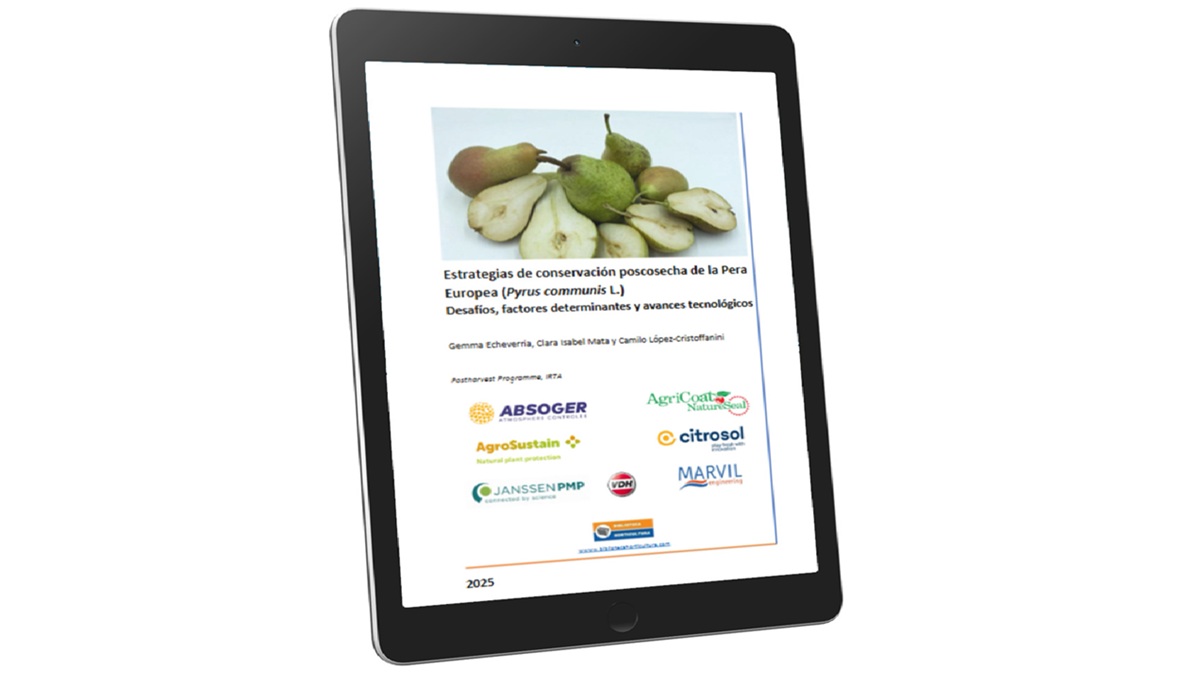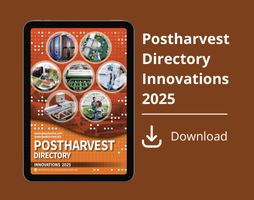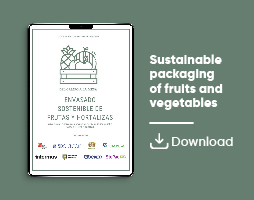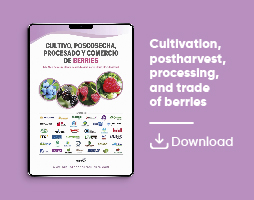News
Preharvest Treatments with Glycine Betaine and Calcium Formate Enhance Strawberry Quality and Shelf Life
A recent study from Universidad Miguel Hernández de Elche has revealed that preharvest treatments with glycine betaine (GB) and calcium formate (CF) significantly improve the quality and shelf life of strawberries. The research focused on the 'Red Sayra' strawberry cultivar, known for its susceptibility to water loss and short shelf life, showing promising results in extending freshness and reducing postharvest deterioration
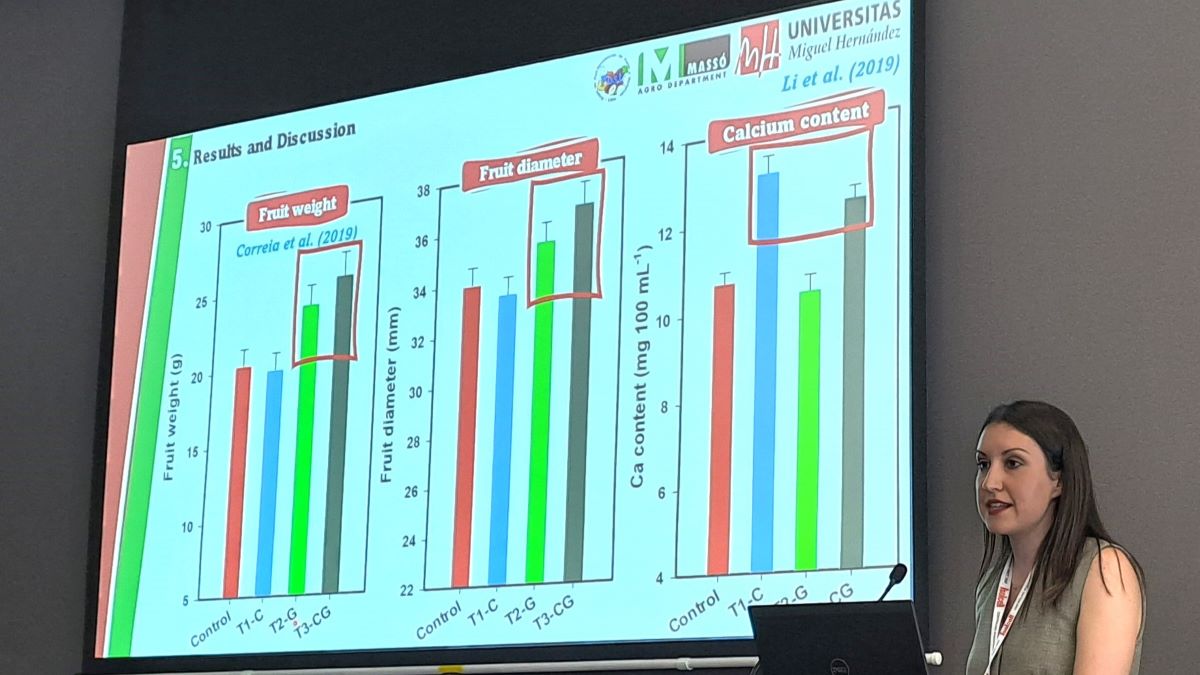
Strawberries are highly perishable fruits, known for rapid water loss and firmness deterioration after harvest. Glycine betaine (GB) helps protect strawberries from oxidative stress and maintains membrane integrity, while calcium formate (CF) stabilizes cell walls and membranes, further preserving fruit quality. Although both components have proven benefits individually, their combined effects on strawberry quality during storage had not been explored until this study.
Study Methodology: Preharvest Treatments and Postharvest Storage Conditions
In this study, glycine betaine (GB) and calcium formate (CF) were applied at 15 mM to strawberries at three crucial growth stages in a commercial plot in Huelva, Spain. The treatments tested were:
- Control (distilled water)
- GB (GREENSTIM®) from Massó Agro
- CF (CALIBITT®) from Massó Agro
- GB + CF combination (GREENSTIM® + CALIBITT®)
The treated strawberries were then stored under various conditions simulating real-world postharvest scenarios, including 5 and 10 days at 4°C followed by a 3-day period at 20°C.
Key Findings: Improved Strawberry Quality and Shelf Life
The results of the study were significant, showing that strawberries treated with GB, either alone or in combination with CF, experienced:
- Reduced weight loss, lower respiration rates, and decreased ethylene production during storage.
- Delayed color loss, a key indicator of strawberry freshness and quality.
- Higher firmness levels at harvest, with a slower loss of firmness during storage, contributing to a better texture and longer shelf life.
- Higher levels of total soluble solids (TSS) and titratable acidity (TA), both essential for flavor and overall quality.
- Reduced decay incidence, particularly with the GB + CF combination, which showed a synergistic effect enhancing both membrane and cell wall integrity.
Additionally, the antioxidant system in the treated strawberries was stimulated, further protecting the fruit from oxidative damage and preserving its quality.
Conclusion: A Promising Strategy for Strawberry Growers
These findings offer a promising strategy for strawberry growers looking to enhance fruit quality and reduce postharvest losses. The use of preharvest treatments with glycine betaine and calcium formate could help extend strawberry shelf life, reduce waste, and ensure the availability of fresh fruit in the market.
This research was presented at the Postharvest 2024 Conference in Rotorua, New Zealand, underscoring the importance of preharvest management in improving postharvest performance in fruits like strawberries.
Source
Postharvest resilience strategies for strawberry: Unveiling the preharvest impact of glycine betaine and calcium formate on fruit quality and storability
By María Emma García Pastor, Pedro Antonio Padilla, Ruben Pascual, Maria Serrano, and Daniel Valero
Universidad Miguel Hernández de Elche, Spain
Postharvest 2024 Conference Website
Related news
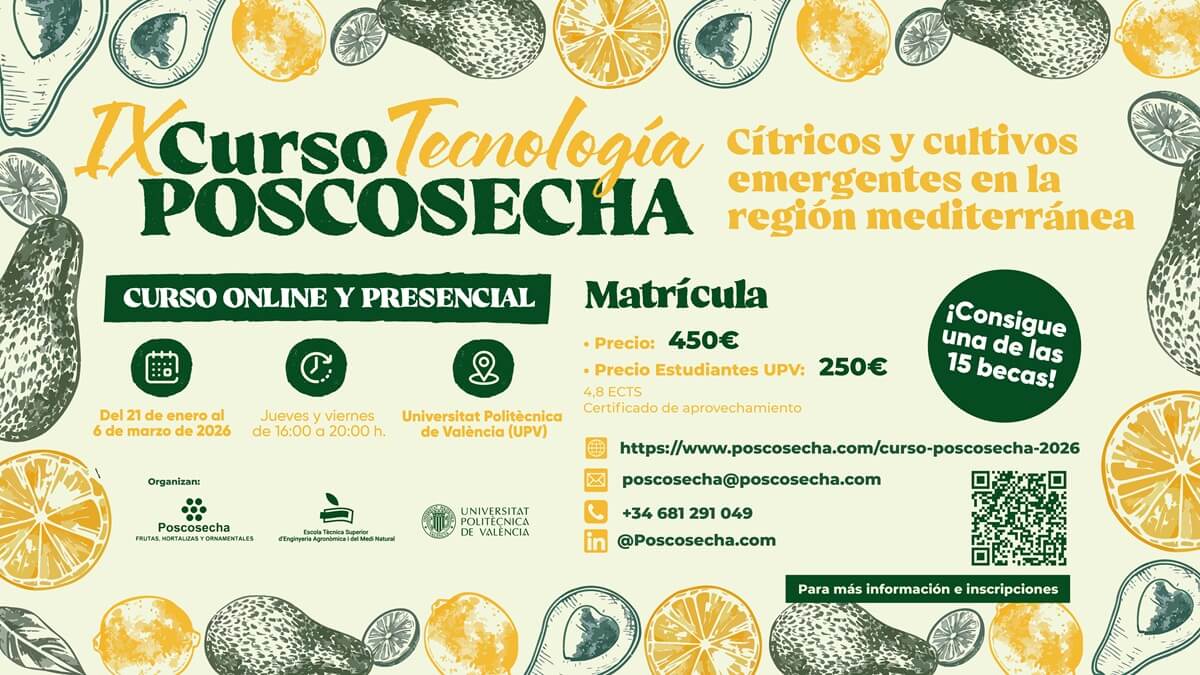


.jpg)
